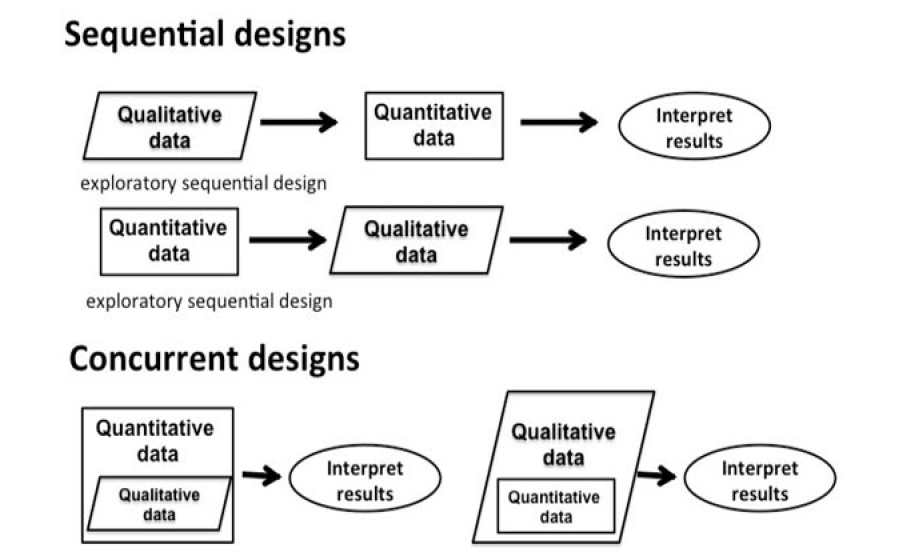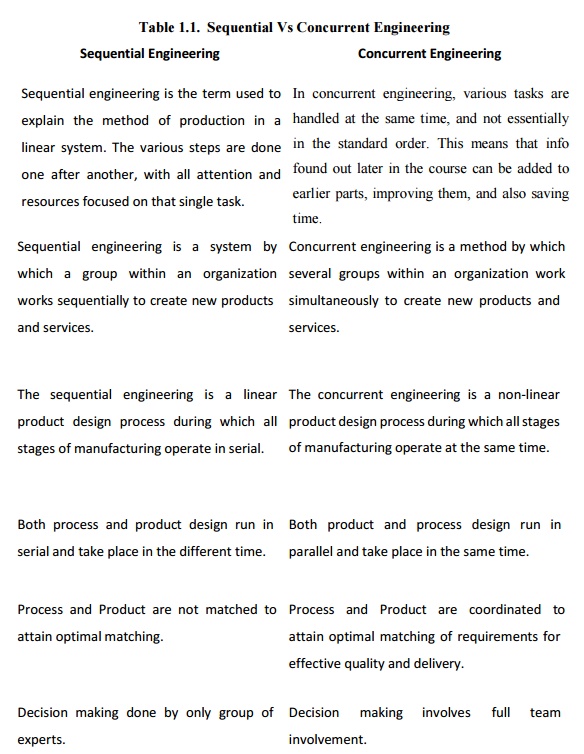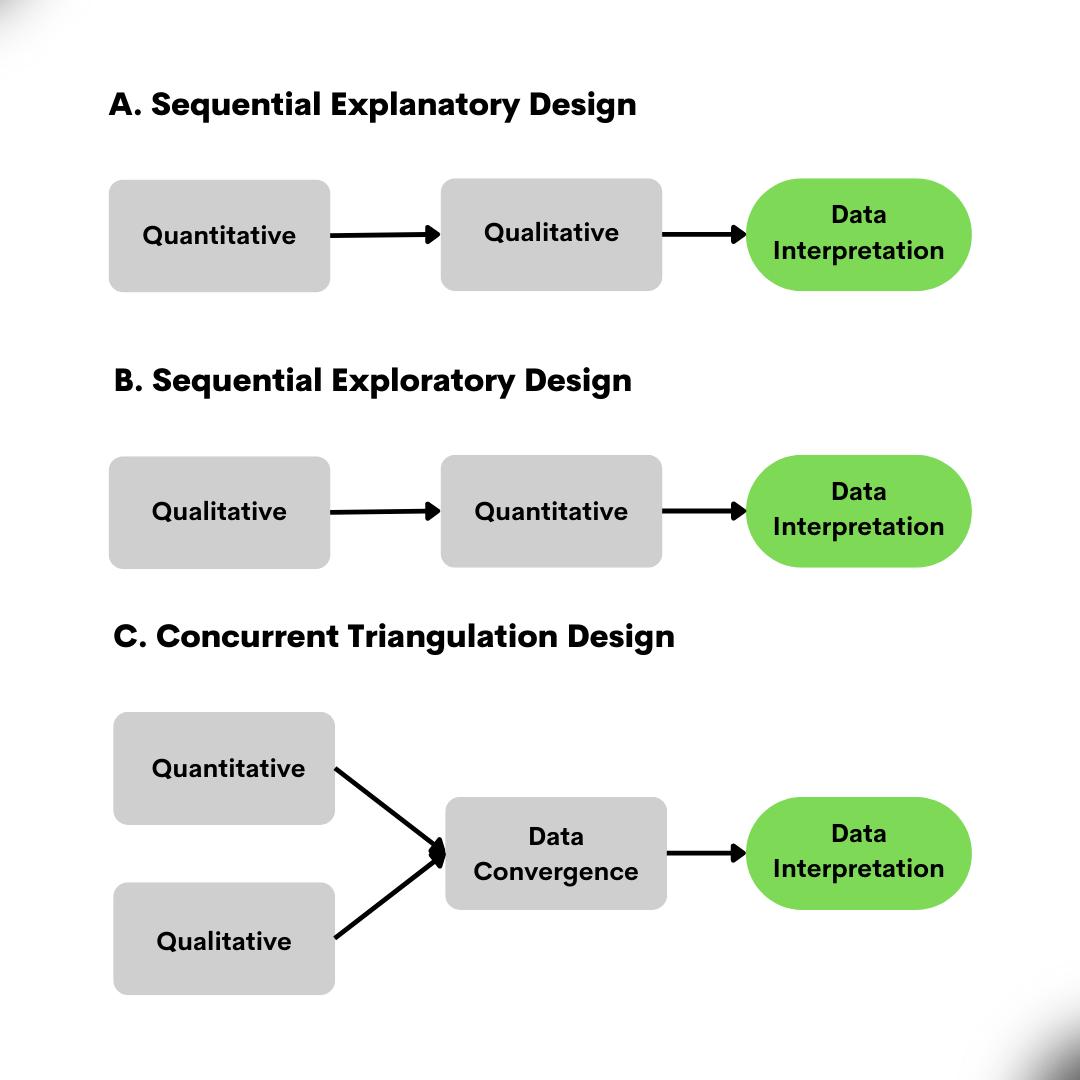Table Of Content

Applying both QUAL and QUAL approaches to single research works offers a more significant opportunity to establish more insight into the study subject, whilst a higher degree of validity and accuracy are achieved compared to applying a single approach [10,11]. In addition to the six primary design dimensions or considerations, we provided a set of additional or secondary dimensions/considerations or questions to ask when constructing a mixed methods study design. Our purpose throughout this article has been to show what factors must be considered to design a high quality mixed methods research study. The more one knows and thinks about the primary and secondary dimensions of mixed methods design the better equipped one will be to pursue mixed methods research. The fifth design dimension is that of typological vs. interactive design approaches.
6. Ethical Considerations Regarding Data Collection
The exploratory sequential technique is distinct from the explanatory sequential technique because it explores a concept before validating it, allowing for greater versatility in discovering novel ideas offered by the QUAL approach [2]. Numerous projects characterised by novel instrument creation choose this method as it enables the scholar to construct the instrument using QUAL information and afterwards verify it quantitatively [1,3]. This is undertaken to handle the complexities of the resultant model characteristics because the contextual setting of top leadership is uncertain of the H&S culture’s consequences. Hence, it is advisable to perform validation or tests on the QUAN part of the model [3,5]. Triangulation increases confidence, overcomes the reductionism of approaches, and, if there are congruencies in the conclusions, confers the results’ reliability and validity [4]. A convergent model can be considered when researchers need to use qualitative and quantitative data concurrently to compare results.

Group sequential designs with robust semiparametric recurrent event models

This analysis aims to reconcile the divergences between the research approaches, using the experts’ expertise in determining the critical dimensions (quantitative), supported by the qualitative findings. For this procedure, the experts will use structural analysis as a tool for collective reflection. A weighting system is applied considering the degree of dependence and influence between categories. The ethical criteria of qualitative research are based on the explanation of the researcher’s interpretative nature and the need to give meaning to the expressions of the subjects based on the quality of the expressions of the events [47].
1. Convergence of the Applied Research Tool
One sort of complexity mentioned was multilevel designs, but there are many complexities that can enter designs. The key point is that good research often requires the use of complex designs to answer one’s research questions. It is the responsibility of the researcher to learn how to construct and describe and name mixed methods research designs. Always remember that designs should follow from one’s research questions and purposes, rather than questions and purposes following from a few currently named designs.
Bounds for testing
Sequential unveils the Trigon-6, Dave Smith's final synth: “We believe it continues his legacy” - MusicRadar
Sequential unveils the Trigon-6, Dave Smith's final synth: “We believe it continues his legacy”.
Posted: Thu, 17 Nov 2022 08:00:00 GMT [source]
For example, data might be collected both at the levels of schools and students, neighborhood and households, companies and employees, communities and inhabitants, or medical practices and patients (Yin 2013). Integration of these data does not only involve the integration of qualitative and quantitative data, but also the integration of data originating from different sources and existing at different levels. Little if any published research has discussed the possible ways of integrating data obtained in a multilevel mixed design (see Schoonenboom 2016). A mixed methods design can be thought out in advance, but can also arise during the course of the conduct of the study; the latter is called an “emergent” design (Creswell and Plano Clark 2011). Emergent designs arise, for example, when the researcher discovers during the study that one of the components is inadequate (Morse and Niehaus 2009).
Group Sequential Designs: A Tutorial
So our participants may have become familiar with the intelligence test each time (and with the computerized testing administration). Another disadvantage of cross-sectional research is that it is limited to one time of measurement. Data are collected at one point in time and it’s possible that something could have happened in that year in history that affected all of the participants, although possibly each cohort may have been affected differently. Just think about the mindsets of participants in research that was conducted in the United States right after the terrorist attacks on September 11, 2001.
This study adopted a coding process by Adu [49]; however, for reliability, it followed the seven-stage Framework Method by Gale et al. [50], as shown in Table 3. It follows that the intercoder reliability method described and recommended by Freelon [51], Neuendorf [52], Mayring [53], Krippendorff [44] and Hayashi et al. [48], amongst others, was adopted in this study. Everitt and Skrondal [54] and Krippendorff [55] describe the inter-rater agreement as to the coordination level between multiple investigators, assessors, or empirical evaluations. This approach was selected to ensure that sources of errors in coded interview data were eliminated or minimised. The common complexity of mixed methods design poses a problem to the above typologies of mixed methods research.
Cross-sectional designs
This paper considered the target population as the top leaders of the construction organisations in South Africa at all nine levels of the CIDB. The contextualism approach to philosophy is reinforced by the national culture and construction industry for this typology. The description of conceptual restrictions by Babbie [27], which range between Meta (South Africa), Macro (Construction sector), Meso (Top organisational leadership) and Micro (Leadership commitment), is applied consistently in the typology [26]. Similarly, the relationship between work, health or educational and occupational strategies has already been studied in Argentina by Gallart and in Spain by Valisachis de Gialdino [22,23].
1. PHASE 1: Qualitative Analysis (Diagnosis)
For more information on how to articulate design complexity based on multiple purposes of mixing, see Schoonenboom et al. (2017). Since they include elements of longitudinal and cross-sectional designs, sequential research has many of the same strengths and limitations as these other approaches. For example, sequential work may require less time and effort than longitudinal research (if data are collected more frequently than over the 30-year spans in our example) but more time and effort than cross-sectional research. In turn, fuzzy logic through data analysis helps us to understand some of this complexity due to fuzzy set theory’s benefits that offer practical tools to characterise human expert knowledge [29]. Cross-sectional designs involve observing multiple groups at a single point in time. This is an easier and cost efficient way to collect data since all of the data is collected at once.
The scientific literature shows the scarce use of mixed methods for solving problems of social phenomena. It has all of the benefits of cross-sectional and longitudinal studies, but it can be a very steep investment of one's time, energy, and resources. Longitudinal studies involve observing a single group multiple times over a period of time.
The group is then observed a second time after the treatment is administered to see if the variable of interest can be linked to any significant effects. It's common for longitudinal studies to include several observations over long periods of time. A rigorous approach for designing an exploratory, sequential research method using both interviews and survey data was created in this work. The tool’s novelty was established in its point of departure from the norm in applying reliability tools prior to testing for normality and applying a rigorous process of multi-tool intercoder reliability, which also adopted a web-based tool to augment the spreadsheet calculations. Using generalised linear modelling in a study of this kind also signifies a point of departure from the norm. According to Bajpai [9], the tool used to gather data must be dependable and repetitive to be useful.
The interview answers’ verbatim transcription, completeness, language, and relevance are also critical for validity criteria [41]. This means that the selection of recording media becomes critical at this stage. For this study, validity was achieved using tape recording and interview answer sheets, which the interviewer consistently completed in all nine interviews with the top leaders. Furthermore, using the probing techniques described in Table 3 ensured that the respondents provided complete and relevant responses to each question.
It was characterised by non-probability purposive sampling to establish a theory based on the conceptual model and hypothesis. The second phase, QUAN, comprised the pilot stage of the survey study, where non-probability convenience sampling was applied to 10% of the target sample as a pilot study to establish the tool’s validity. The third stage, characterised by random probability sampling, used the developed survey questionnaire to gather perspectives on top leadership commitment to H&S by applying QUAN. Typological and interactive approaches to mixed methods research have been presented as mutually exclusive alternatives. The interactive approach of Maxwell is a very powerful tool for conducting research, yet this approach is not specific to mixed methods research.
The process to achieve this is the conception of prospective thinking, strategic action, and ownership to model pessimistic and optimistic scenarios to facilitate decision-making, with the generation of valuable frameworks and alternative actions chosen according to the researcher’s expertise [43]. Thus, the present study aims to design a predictive model about a complex social phenomenon’s different behaviours through fuzzy inference modules. To this end, we start with an exploratory analysis of trends and, additionally, we resort to the generation of synthetic data (Monte Carlo simulation) to determine possible futures (futuribles) based on the analysis of actors and scenarios (see Figure 4).

No comments:
Post a Comment